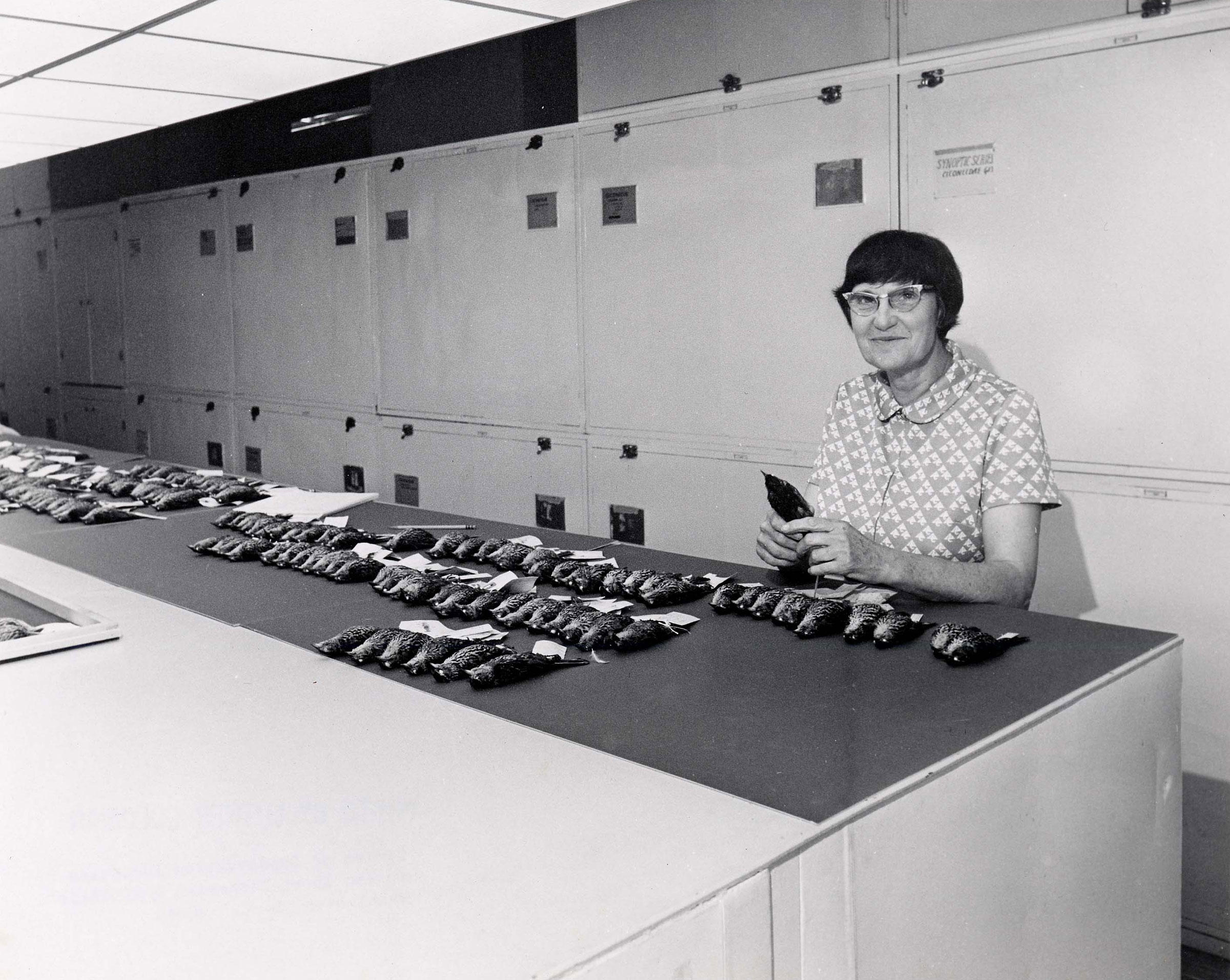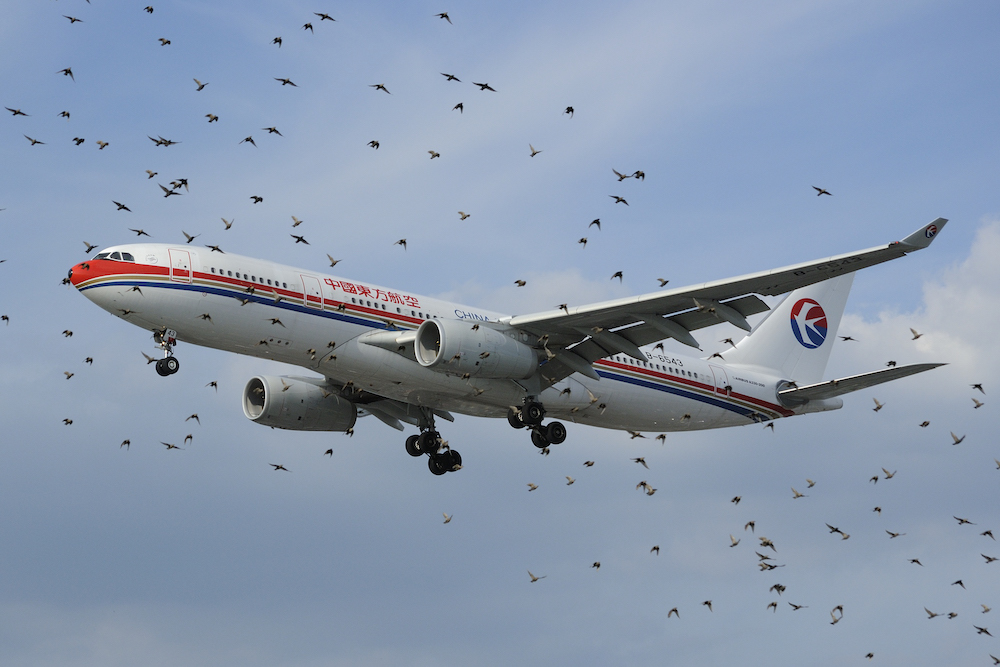
Part of my job as a professor and ornithologist was managing the university’s vertebrate museum. Students and faculty used stuffed specimens for teaching or research and the general pubic would come in asking various questions about what they had found (including some guy who wanted to me to confirm that the bunch of hair he had in his hand was from Sasquatch). State Fish and Game and Federal Fish and Wildlife agents would ask me to identify vertebrate parts such as claws, talons, feathers and beaks confiscated from poachers. Usually I could but occasionally I was stumped by a single feather. Who can identify some random breast feather down to a particular species of bird? Roxie could.
Some years ago I went to an American Ornithologist’s Union meeting somewhere on the east coast. During a lunch break in a cafeteria I took my tray and sat down with an older woman I did not know but she was alone and an attendee at the meeting so I thought we could share a lunch conversation. I looked at her nametag, Roxie Laybourne. The name sounded familiar and it was only a few minutes before I realized that I had recently read an article about this woman. She was a feather identification expert at the Smithsonian, having previously been employed at the United States National Museum from 1944 to 1946 and the Bird and Mammal Laboratories of the U.S. Fish and Wildlife Service from 1947 to 1974.

During her career, Laybourne learned to identify dead birds from their feathers to learn what birds struck planes. Her skills in forensic ornithology helped solve thousands of cases of bird-related airplane crashes. In 1960, a plane crashed upon takeoff from Logan Airport in Boston, killing 62 people. Turns out that a flock of starlings was sucked into one of its engines. Ms. Laybourne was able to identify the feathers by ex
amining them microscopically. Her work gave plane builders information they could use to help a plane fly after such collisions. She was instrumental in making aircraft engines safer, developing military fighter canopies, and the creation of bird management plans at airports.
She also solved crimes. In one case Ms. Laybourne matched the down in a pillow used to silence a gun in a murder to the feathers found in the suspect’s pant cuffs. She also caught poachers who had the feathers of endangered species on their clothing. The Smithsonian Institution Feather ID Lab is based upon the work of Roxie Laybourne. More about the Feather Lady at Audubon News.
I have bumped into a few other famous scientists over the years including Konrad Lorenz and Francis Crick, both Nobel laureates, and the very well known Roger Tory Peterson, ornithologist and artist, but those were very brief moments. I more savor the long conversation Roxie and I had many years ago.
If you want to try your hand at identifying feathers, start with the Feather Atlas of the U.S. Fish and Wildlife Service.